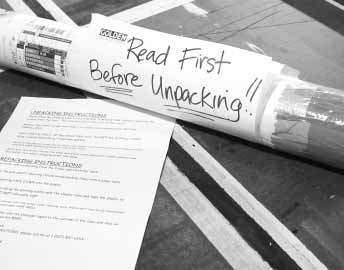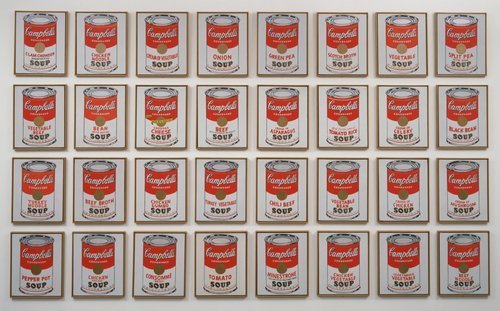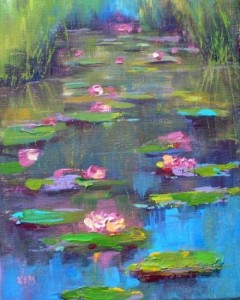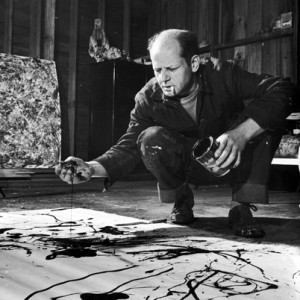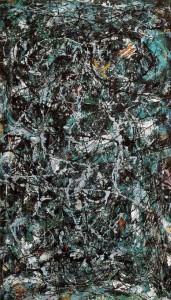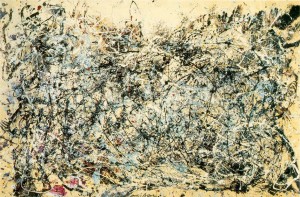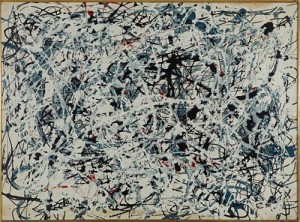Tips for Caring and Handling Acrylic Paintings
Acrylic paints were introduced in the 1950s, much later than oils, but museums, galleries, and art collectors have included many acrylic paintings in their collections. Artists have experimented and used acrylics on canvas for its versatility of use and quick drying time. The properties of acrylic paints differ from oils so the maintenance and caring for acrylic paintings is different from oil paintings. Since acrylic paint is relatively new compared to oil paints which have been used in art for centuries, people are just starting to know its aging characteristics. For now, the best way to preserve and lengthen the life of acrylic paintings is by preventive care.
Here are the tips for caring and handling acrylic paintings:
Cleaning
Currently, there is no concrete guideline how to clean an acrylic painting. Below are just suggestions that you can do at the moment.
1. Use a clean towel or a feather duster and lightly remove the dirt on the surface of the painting. Acrylic paintings gather dust more easily than any other medium so you may have to dust them frequently.
2. If you want to keep off the dust, put the painting in a protective frame. Acrylic paintings have electrostatic charges on the surface which attracts dust and a protective frame will prevent dust from accumulating.
3. Don’t use water, soap, or household cleaners when cleaning acrylic paintings. Most cleaning agents have ammonia which can damage your painting. When you use cleaning sprays in your house, make sure that your acrylic painting is not nearby when you are cleaning to avoid excess droplets of the spray go to the paintings.
Maintenance
1. Keep acrylic paintings away from direct or extreme heat, cold, and humidity. Acrylic paint becomes soft around 60° so display your paintings far from ovens, stoves, heating lamps, or any other source of heat inside the room.
2. Don’t touch the surface of an acrylic painting. Your fingernail may accidentally leave a dent or put extra pressure on the painting which will lessen the value of the piece.
3. Mold growth is a common issue in acrylic paintings. There is no solution for it yet that would retain the original paint of the piece. The best way to lessen mold on the surface is to hang the painting in a room where there is less humidity.
Transporting
1. Put the acrylic painting in an effective packing case that would protect it from damage. According to this website, a packing case should be able to do the following:
- Support the painting, insulation and cushioning foams
- Protect the contents from impact and puncture without serious distortion
- Maintain a sealed environment
- Protect against intrusion of moisture
- Provide handles for lifting and moving
- Survive a multi-venue tour without compromise of any of the above functions
2. Include instructions for unpacking and repacking outside the container. The recipient may not know the proper way of unpacking the painting so proper instructions should be provided by the sender. These instructions are important especially if there is a dispute about any damage caused by shipping, unpacking, or repacking of the painting.
3. If you have to transport the painting by rolling it, here are tips:
- Allow enough time for the painting to be completely cure.
- Put a polyethylene plastic onto the surface of the painting before rolling.
- Roll and unroll the painting at room temperature. A heated room will melt the paint while a cold room will cause cracking.
- Roll the painting loosely and evenly to prevent adhesion or ferrotyping.
- Once packed, secure the painting with a tape.
Image source: www.goldenpaints.com
